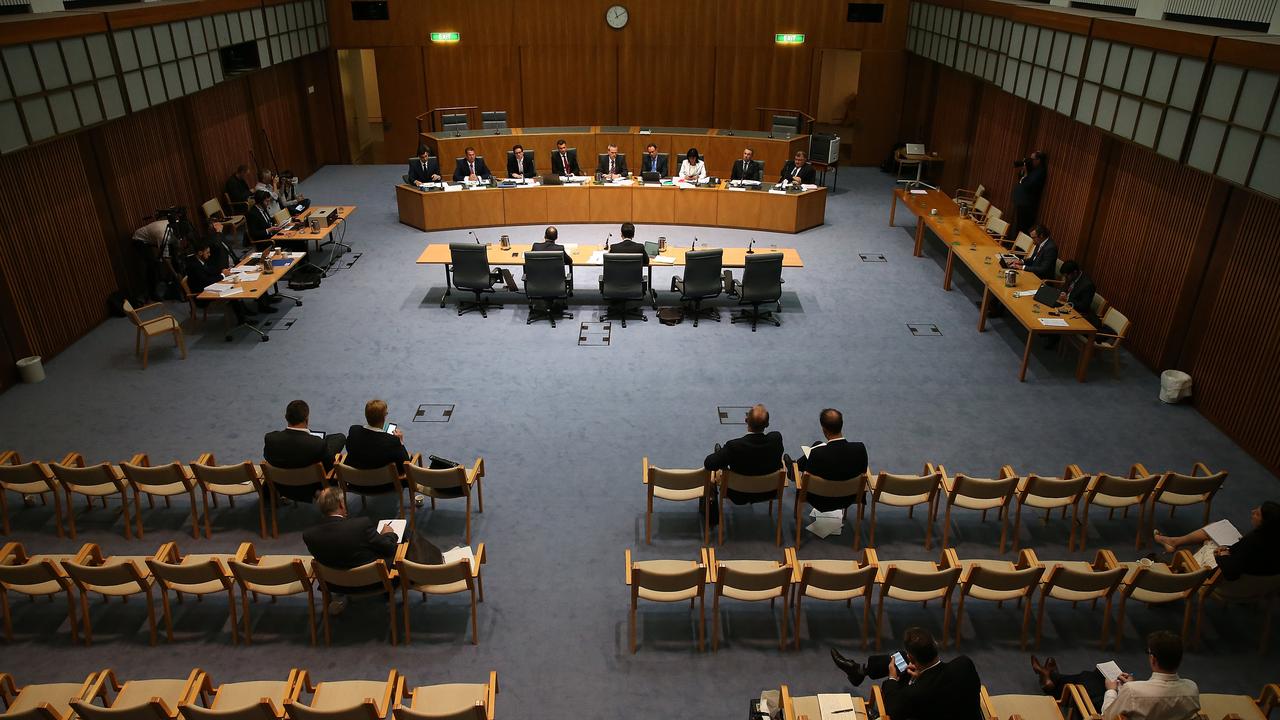Shift in Fed script could trigger market panic

Overnight, our time, Atlanta Federal Reserve Board president Dennis Lockhart is due to speak about monetary policy and the US economic outlook. Later in the day, the Minneapolis Fed president, Neel Kashkari, will take part in a discussion about the economy and financial sector.
Finally, and most importantly (as she’s the only one of the three who is a voting member of the Fed’s open market committee that decides monetary policy), Lael Brainard will also talk about the economic outlook and monetary policy in Chicago.
All three will be speaking a day ahead of the Fed’s self-imposed blackout period ahead of Open Market Committee meetings. The next meeting of the committee takes place on September 20 and 21.
Not only is Ms Brainard’s speech the only one to be delivered by a voting member of the committee but, until last Thursday, it wasn’t scheduled. That has caused the markets to assign peculiar significance to it, speculating that she has been chosen to deliver a wake-up call to markets that, until, Friday, had dismissed the prospect of a Fed rate rise.
In fact, starting with Janet Yellen at the Jackson Hole meeting of central bankers last month, when she said the case for raising US rates again (for the first time since last December) had strengthened, there have been a number of Fed members signalling that a rate rise this year might be warranted by the condition of the US economy.
Indeed, Friday’s sell-off in markets appears to have been ignited by comments from Boston Fed president Eric Rosengren, who said he supported gradual rate rises and that waiting too long to raise them would generate risks that some asset markets, like commercial real estate, would become “too ebullient.” (There are those who would argue that financial asset markets generally have been too ebullient for some years because of the unprecedented actions of the central bankers, creating asset bubbles across the full spectrum of investment classes).
With the European Central Bank’s Mario Draghi deciding to sit on his hands last week and uncertainty about the future direction of Japan’s monetary policy, where negative rates and assert-buying that has led to speculation that the Bank of Japan is running out of government bonds to buy, there appears to be a dawning realisation in markets and among central bankers that the increasingly unconventional monetary policies pursued since the financial crisis have reached the outer limits of their usefulness.
That’s why the central bankers have recently been talking up the need for governments to help out with more expansive fiscal policies. They’ve finally recognised, it appears, their own limitations.
For markets that have increasingly come to regard monetary policies within the major economies as a one-way bet with no downside, a more aggressive stance from the Fed could have some serious consequences.
With the markets awash with central-created liquidity, almost every global carry trade is crowded. The valuations of almost all financial assets have been pushed to extremes and are reliant on rates remaining ultra-low or negative.
If there were a conviction that the Fed were properly starting a cycle of rate rises, even if US rates might eventually “normalise” at a lower level than has been the case in the past, there could well be a rush for the exits and enormous volatility and potentially losses across the major asset classes.
The sudden “hawkish” tone emerging from the Fed has punctured the complacency of markets that had been almost comatose in recent months, with volatility at historically low levels.
The VIX index, which is a measure of volatility and perceived risk, jumped 40 per cent on Friday, demonstrating how sensitive the markets have become to even the smallest shifts, or perceived shifts, in the tone of central bankers’ commentaries.
Until Friday, the markets weren’t pricing in any significant probability of a September rate rise by the Fed, and only a 50:50 chance of another December move.
If Brainard were to add to the more hawkish tone emanating from the Fed tonight, the odds would shift quite significantly and the impact on markets that are now acutely vulnerable to any changes to the policy settings could be more dramatic than what occurred on Friday.
Whether this is the start of the end of the post-crisis era of unconventional central bank policies or not won’t become clear until we have the benefit of hindsight.
At some point, however, the central bankers have to stop inflating financial asset prices and loading unpriced risk into the financial system while continuing to widen the wealth gap between those who own financial assets and those who don’t.
For eight years financial investors in all asset classes have been granted a grossly exaggerated version of the “Greenspan put” that underwrote markets in the late 1990s — the conviction that the Fed would always come to investors’ rescue. It wouldn’t, in the long term, be a bad thing if that put option were withdrawn and more conventional concepts of risk and the potential for binary outcomes for investors re-emerged.
Hear from Alan Kohler, Robert Gottliebsen, Stephen Bartholomeusz & John Durie at a special member Q&A. Find out more or book tickets here.






Three speeches scheduled to be delivered on Monday in the US may well determine whether the sell-off on Wall Street on Friday and the spike in the US dollar and in global bond yields is merely a blip in a long central bank-induced bull market or something more fundamental.